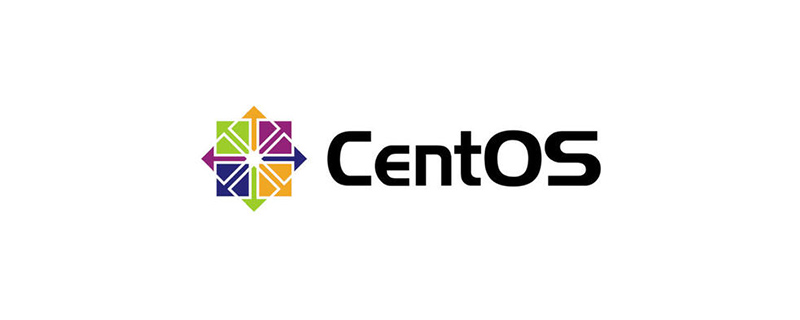Home > Article > Operation and Maintenance > How to install php extension on centos

Specific method:
(Recommended tutorial: php video tutorial)
1. Check the currently installed PHP package
yum list installed | grep php
2. If there are installed PHP packages, delete them first
yum remove php.x86_64 php-cli.x86_64 php-common.x86_64 php-gd.x86_64 php-ldap.x86_64 php-mbstring.x86_64 php-mcrypt.x86_64 php-mysql.x86_64 php-pdo.x86_64
3. Configure the yum source of CentOS 7.0
yum install epel-release rpm -ivh http://rpms.famillecollet.com/enterprise/remi-release-7.rpm
4. Use the yum list command to view available Installed package (Packege)
yum list --enablerepo=remi --enablerepo=remi-php56 | grep php
5. Install PHP5.6.x
yum install --enablerepo=remi --enablerepo=remi-php56 php php-opcache php-devel php-mbstring php-mcrypt php-mysqlnd php-phpunit-PHPUnit php-pecl-xdebug php-pecl-xhprof
6. Check the installed PHP version.
php --version
7. Install php-fpm
yum install --enablerepo=remi --enablerepo=remi-php56 php-fpm
(Related recommendations: php training)
8. Restart Apache and php services
$ sudo systemctl restart httpd $ sudo systemctl restart php-fpm
The above is the detailed content of How to install php extension on centos. For more information, please follow other related articles on the PHP Chinese website!